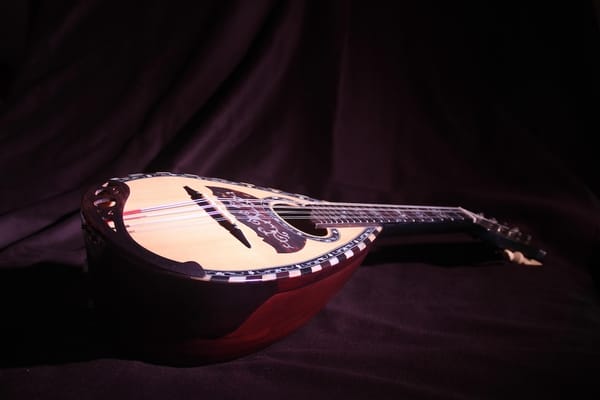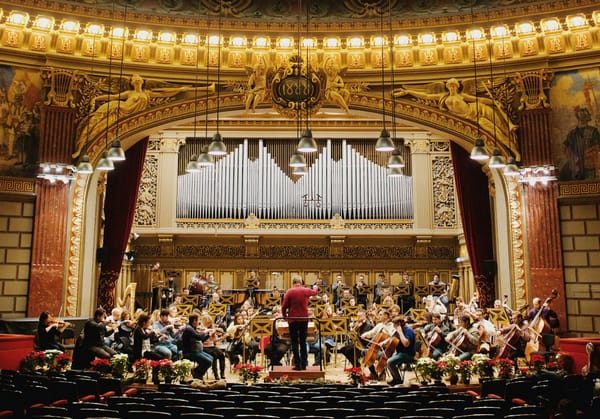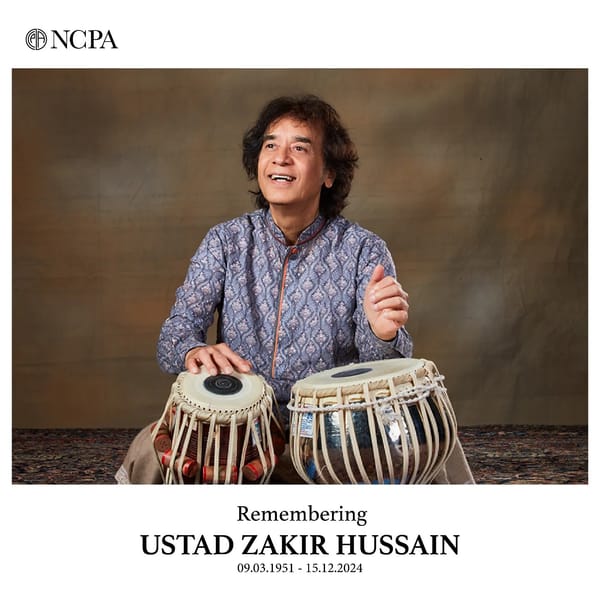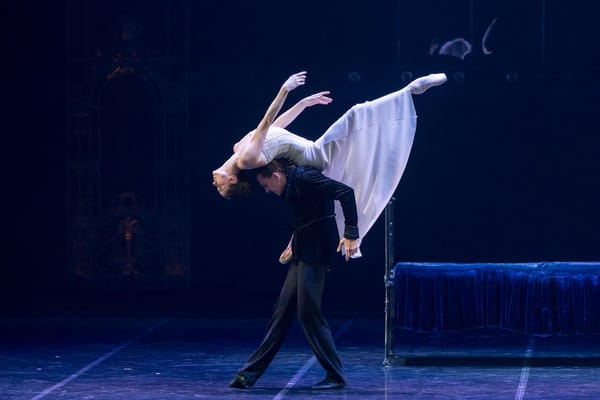Maria Anna “Nannerl” Mozart: A Prodigy in the Shadow of Her Brother
Maria Anna “Nannerl” Mozart, a virtuoso pianist and early musical prodigy, was eclipsed by her brother Wolfgang. Her story reveals the brilliance and limitations faced by women in 18th-century classical music.
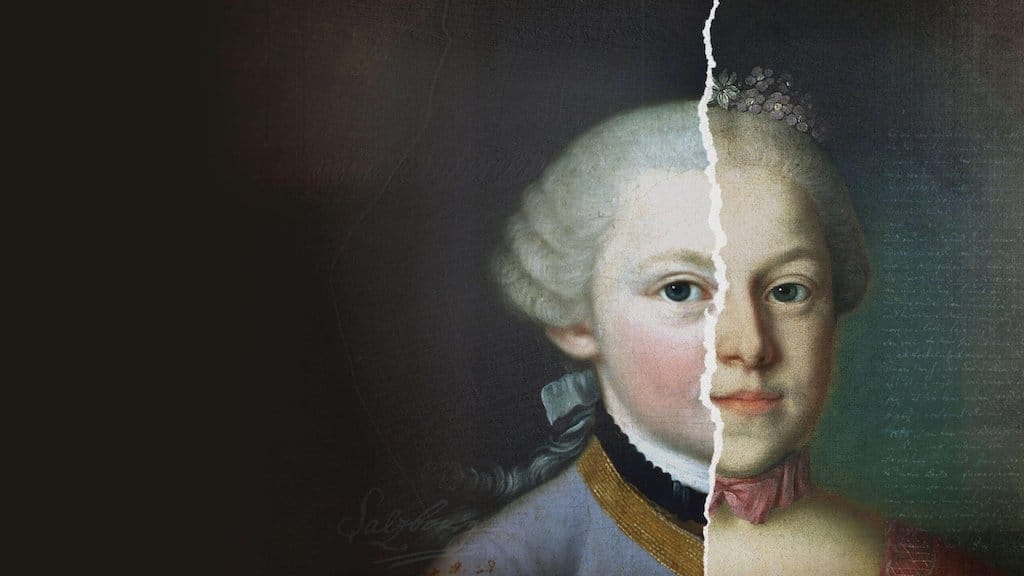
Maria Anna Mozart (1751–1829), universally known as “Nannerl,” was every bit as gifted a child prodigy as her younger brother, Wolfgang Amadeus Mozart. Yet history has largely relegated her to a footnote, eclipsed by the dazzling fame of the composer who would revolutionise Western music. This article explores Nannerl’s life and work, examining her remarkable talents, the societal constraints that curtailed her career, and the enduring legacy of a woman unjustly overshadowed.
Early Life and Musical Beginnings
Born on 30th July 1751 in Salzburg, Maria Anna Walburga Ignatia Mozart was the eldest child of Leopold and Anna Maria Mozart. The family’s musical patrimony was substantial: Leopold, a distinguished court musician and composer, recognised the rarified talent emerging from his daughter almost as soon as she could lift her tiny hands to the keyboard. By the age of seven, Nannerl was performing alongside her brother in public concerts that electrified audiences across Europe.
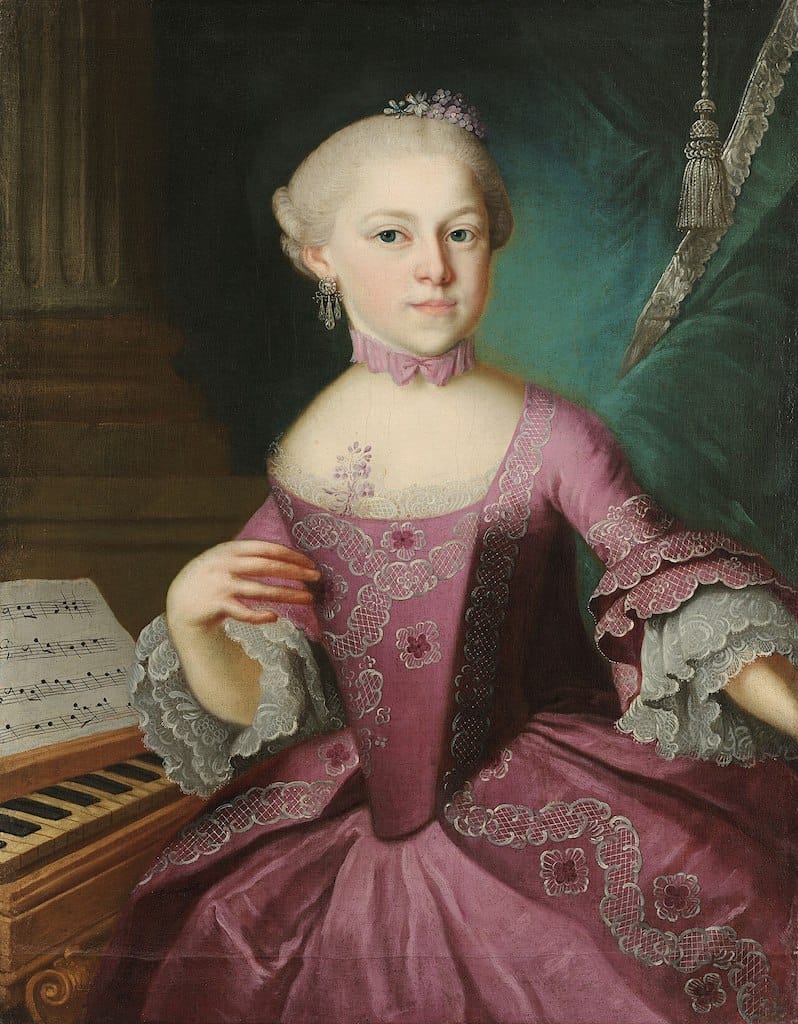
Between 1762 and 1766, the Mozarts – Leopold, Nannerl, Wolfgang and later younger siblings – embarked on a prodigious concert tour throughout Europe. Cities such as Munich, Vienna, Paris, London and The Hague bore witness to Nannerl’s extraordinary command of the harpsichord and fortepiano. Contemporary accounts speak of her clarity of touch, refined ornamentation, and an intuitive sense of phrasing that many adults envied. She played demanding sonatas and improvisations with aplomb, while her brother, two years her junior, astonished the aristocracy with his precocious compositions.
The Symphony of Sibling Rivalry and Mutual Admiration
Despite the evident camaraderie between Nannerl and Wolfgang, a subtle rivalry – perhaps born of mutual respect – simmered beneath the surface. Leopold’s letters to his wife, preserved in the Salzburg archives, frequently praise Nannerl’s “elegance” and “grace” at the keyboard while extolling Wolfgang’s compositional genius. Yet one senses an inextricable link between the two: letters from Wolfgang to his sister reveal a deep affection and professional admiration. In 1777, he wrote, “Dearest sister, if I have any skill at writing notes, it is you who taught me the slightest improvement.”
While both siblings performed together, it was Wolfgang’s compositions – even those written for her to play – that drew the crown. Aristocrats clamoured for his new sonatas and symphonies, leaving Nannerl’s own creative impulses largely unattended by their father, who meticulously curated the brother’s burgeoning legacy.
The Constraints of Gender and Society
By the time Nannerl reached adolescence, the social conventions of 18th-century Europe began to close in. Although women musicians enjoyed a degree of respect as performers, they were expected to cease public life upon marriage, devoting themselves to domestic duties. Leopold, ever the cautious parent, insisted that Nannerl abandon touring once she turned eighteen. The last known performance she gave outside Salzburg was in Munich in 1766; thereafter, her virtuosity was confined to the Mozart household and occasional private salons.

In stark contrast, Wolfgang continued his peripatetic career, first as a court musician in Salzburg, then as a freelance composer in Mannheim and later Vienna. Nannerl’s own compositions – presumed to exist in a series of manuscripts mentioned in Leopold’s correspondence – have not survived, if indeed they ever existed beyond sketches. Some scholars posit that these works were deliberately destroyed or allowed to deteriorate, victims of the era’s disregard for female compositional craft.
A Life in Salzburg: Marriage and Motherhood
In 1784, at the age of thirty-three, Nannerl married Johann Baptist Franz von Berchtold zu Sonnenburg, a magistrate from St. Gilgen, some thirty miles from Salzburg. It was a union that offered stability but also geographical isolation. The couple settled in St. Gilgen, where Nannerl bore three children. Her responsibilities as wife, mother and parish musician left little room for the touring career she once envisaged. Yet she continued to teach piano and organ to local students, maintaining Salzburg’s musical traditions within a domestic sphere.
Tragically, Wolfgang’s death in 1791 profoundly affected Nannerl. The brother whose triumphs had long eclipsed her own passed away in Vienna, leaving her uncertain of her place in the musical world. She took upon herself the daunting task of raising her infant son, Leopold, who was only months old at the time of his father’s demise. Two of her other children had died in infancy, a sombre reminder of life’s fragility in that era.
The Forgotten Compositions: Myth and Mystery
The notion that Nannerl may have composed substantial works alongside Wolfgang is tantalising. Leopold Mozart’s letters reference “my daughter’s sonatas” and hint at pieces she played but did not publish. In one undated letter, he remarks: “If only these were preserved, the world would know that my daughter possesses a mind and heart worthy of her brother.” Alas, no authenticated manuscripts of her own composition have been found. Some musicologists speculate that the originals were lost during the upheavals of the Napoleonic Wars, while others argue they were appropriated or overwritten in careless copying.
Without concrete evidence, Nannerl’s compositional output remains speculative. Nevertheless, her contemporaries testify to her improvisational genius. Court documents from Salzburg recall her spontaneous variations on popular airs, her cadenzas shimmering with invention. It is possible that these ephemeral gifts, never notated, survive only in the memories of those who heard her play.
Reassessment and Rediscovery
The late 20th century witnessed a burgeoning interest in women composers, prompting a reevaluation of Nannerl’s legacy. Biographers and music historians began to explore the archival troves of Salzburg, unearthing letters, concert announcements and family memoirs that shed light on her life. In 1986, scholar Jane Glover published essays arguing that Nannerl’s influence permeated Wolfgang’s work: certain playful minuets, intricate ornaments and expressive adagios, she suggests, bear the hallmarks of a sister who both taught and inspired her brother.
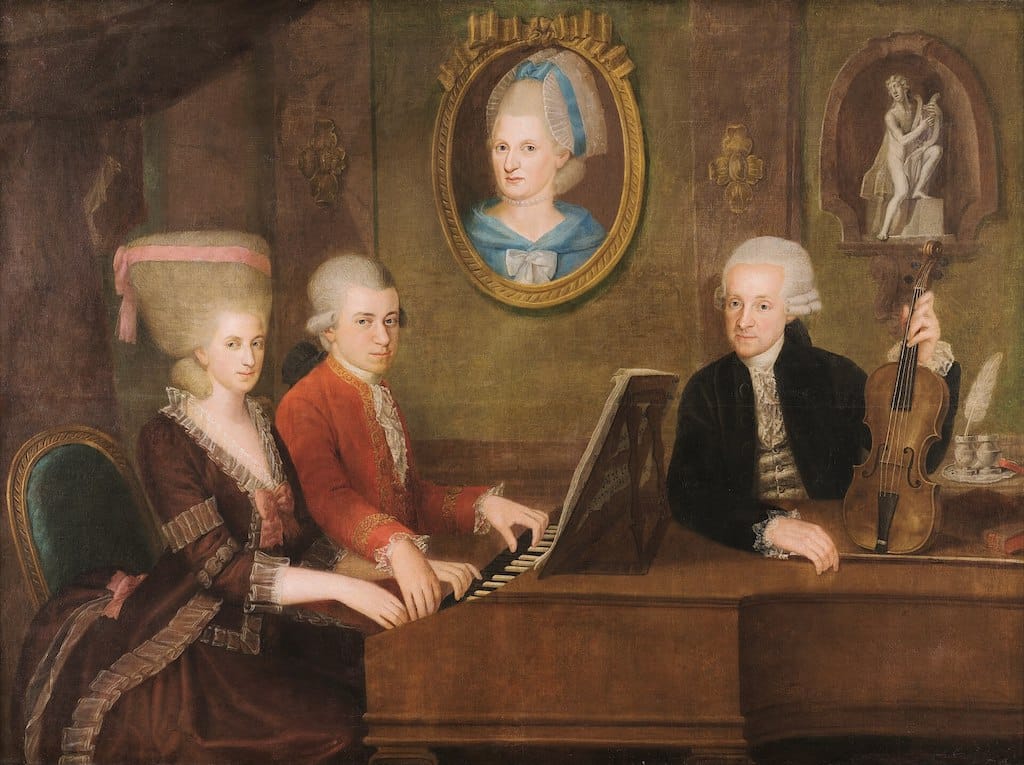
In performance circles, artists have staged recitals honouring “The Mozart Sisters,” juxtaposing Wolfgang’s compositions with music by female contemporaries such as Maria Theresia von Paradis and Fanny Mendelssohn. Though Nannerl’s own music remains elusive, pianists often include pieces known to have been in her repertoire, offering audiences a glimpse of her artistry.
Academic conferences now routinely feature panels on Nannerl. Papers debate the extent of her pedagogical role, her possible compositional achievements and the broader context of women’s music-making in the 18th century. Such scholarship underscores the need to view Nannerl not merely as a footnote in Wolfgang’s biography, but as a pivotal figure in the Mozart family’s musical enterprise.
The Legacy of a Prodigy
Maria Anna Mozart’s story is one of extraordinary talent and poignant marginalisation. As a child, she surpassed expectations and charmed Europe’s courts; as an adult, she willingly exchanged public acclaim for private fulfilment. Yet her sacrifice illuminates the gendered constraints of her era and invites modern reflection on the innumerable talents that history has obscured.
While Wolfgang’s symphonies, operas and concertos continue to enthral millions, Nannerl’s life reminds us that genius is not the exclusive province of the triumphalist narrative. It can flourish quietly, in parlours and provincial towns, in motherly devotion and teacherly patience. Through renewed scholarship and performance practice, Maria Anna “Nannerl” Mozart emerges at last from the shadows, not merely as the sister of a genius, but as a prodigy and musician in her own right.


